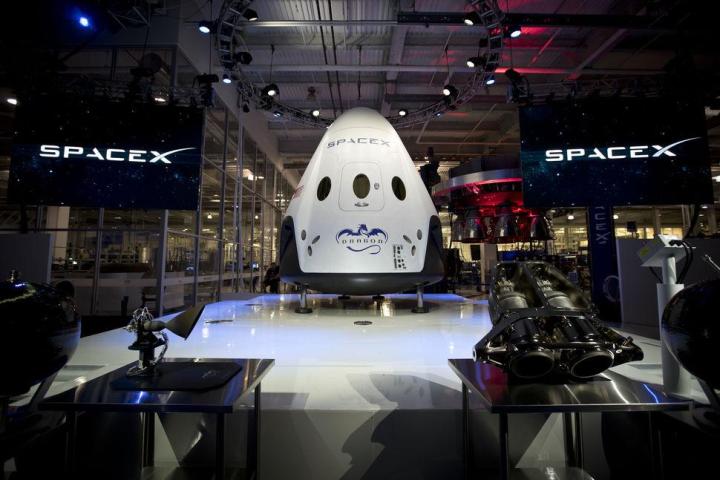
The mission is significant as it’ll be the first time for SpaceX to crew the reusable Dragon capsule, which’ll be sent spaceward by one of its rockets. If no further adjustments are made to the revamped plan, the manned test flight will take place in May, 2018.
SpaceX’s rocket technology has come under scrutiny after a Falcon 9 booster exploded on the launchpad during a refueling operation on September 1. The Falcon 9 is set to return to flight in January in an unmanned mission that’ll see it put 10 small satellites into orbit for communications firm Iridium.
The change to SpaceX’s Dragon schedule may be down to the fact that the private space company had been planning to fuel its rockets with the capsule in place, with the astronauts inside, the Wall Street Journal reported. With this in mind, and with safety paramount, its desire to thoroughly assess its “designs, systems and processes” makes perfect sense.
SpaceX told TechCrunch that its commercial crew team is continuing “to work closely with NASA and is completing all planned milestones for this period.” These include a test launch of an unmanned Dragon crew capsule toward the end of 2017, as well as the testing of spacesuits, parachutes, and other related equipment.
The astronaut-carrying version of the Dragon features seven seats, a bank of monitors providing flight data, a climate-control system for added comfort, and, of course, plenty of windows so the space travelers can marvel at the scenery.
While SpaceX’s short-term goals include helping NASA to return human spaceflight launches to American soil and sending astronauts to and from the International Space Station via its Dragon capsule, its long-term ambition is to create a reliable, reusable, and cost-effective rocket system for missions to Mars and beyond.


